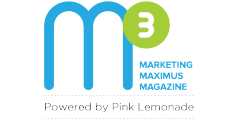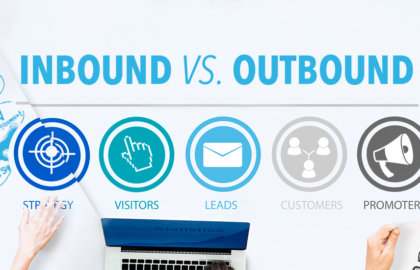PaperStyle.com, an invite and stationary specialist, used marketing automation to find its niche and gain ground in the wedding products market. The company targeted brides, brides-to-be, and friends of brides throughout the wedding event using a series of emails, and then matched their needs to its products. For instance, if a bride had purchased favors, she would receive an email for Thank You cards a few days later. But if it was a friend of the bride who purchased bachelorette party accessories, then they would receive wedding gift ideas. With a 244% higher open rate than average emails and a 330% increase in revenue per mailing, investing in marketing automation was a game changer for PaperStyle.
Unless you’ve been incommunicado for the last few years, you’ve probably heard that marketing automation is the future. Designed to help you better manage customer relationships by automating actions — email sends, social media posts, and contact life cycle stage changes — marketing automation is an obvious mainstay of any marketing strategy. Research suggests that 67% of marketing leaders currently use a marketing automation platform. While your marketing automation buddy is clearing your tactical tasks, you get to focus on the business-critical things. Read: marketing campaigns: check; campaign performance reviews: check; sales and marketing alignment effort: check. And the result? More leads, relevant messages, improved efficiency, increased revenue, and a more powerful marketing team.
With a market size of $1.65 billion, it would be a bit of an understatement to say that automation has taken the marketing world by storm. But it did not start out this big. Early systems were primarily focused around email marketing alone. The evolution of technology and capabilities of the recent past have helped automation come of age. What used to be a one-size-fits-all mass marketing strategy with generalized drip campaigns and internal notifications, has evolved into a strategy for customer and brand development today. New-age marketers are moving forward by taking advantage of automation to target prospects and customers based on their interests and needs.
The business case for marketing automation

Offer personalized content
It’s a no-brainer that personalized marketing matters for any brand looking for long-term customer loyalty. Sample these statistics for instance: 79% of consumers say they are only likely to engage with an offer if it has been personalized to reflect previous interactions the consumer has had with the brand. About 78% of U.S. Internet users say personally relevant content from brands increases their purchase intent. With marketing automation, personalized workflows are easy to set up for delivering incredible results. You can reach the right person at the right time with the right message.

Add more time to your day
Marketing automation allows you take the much-anticipated breather at work. Research shows that when you automate your social posts and ads, you can save more than six hours per week on social media management and keep your profiles updated with fresh content. Thanks to marketing automation, you can now confidently skip the exhaustive routine of logging into a tool every morning to schedule your social media posts for the day or ship one-off emails. Just schedule everything ahead of time and avoid last-minute hassles.
Additionally, the all-in-one marketing automation tools can save the time that you spend jumping from platform to platform. For example, if you had to get a campaign in motion, imagine the amount of time you’d spend flipping tabs. Marketing automation on the other hand, can open up the throttle and make things faster for you.

Gain consistency
Marketing automation enables you to offer a consistent experience to your online audience based on their actions. For example, you can set up a workflow that automatically sends a welcome email recommending articles or follow-up offers to users who subscribe to your newsletter. You can also have your new articles automatically sent to subscribers as and when they are published. Marketing automation tools completely automates this step, and ensures that users get optimized messaging irrespective of when they jump into a workflow.

Make the most of your CRM
Marketing automation is marketing-oriented while customer relationship management (CRM) is sales-oriented. But if you take a closer look, you’ll see that marketing automation owes its origins to CRM. Although great on their own, together they are even more power packed, offering your business the much-needed boost in efficiency and insights. When these two platforms work in perfect harmony, you can see your contact’s sales and marketing activities all in one place. And this gives you a complete picture of an individual’s relationship with your brand and makes it easier to align your outreach with it.
Which tool should I choose?
There isn’t an easy answer to that! Your choice will depend largely on whether you’re a small, medium, or large brand. Then there are other parameters at play such as what do you need your automation platform to do for you — email, social media, analytics, or a mix of everything. Ultimately, the tools that you choose must offer flexibility, and have a proven track record to help you reach your marketing goals. So, identify and evaluate your options first.
It goes without saying that the most preferable route is to opt for a solution that’s not just aimed at marketing but also sales and CRM. After all, a unified solution can keep all departments on the same page and relying on the same data, and give every department a better understanding of the buyer’s entire journey.
Here are the top five power brands that have generated considerable buzz in the recent times.

1. Marketo
Widely touted as the most well-known marketing automation tool, Marketo is considered ideal for large and mid-sized businesses. This cloud-based marketing software comes with a full suite of sophisticated features that makes it one of the most mature tools in the market. Marketo caters to marketers and sales teams alike — helping them build their brands, grow revenue, and increase marketing accountability. Add to that, no setup fees and a free trial — so no upfront commitment either. Little wonder then, that it’s the 11th most popular in Top 1 Million sites in Marketing Automation category.
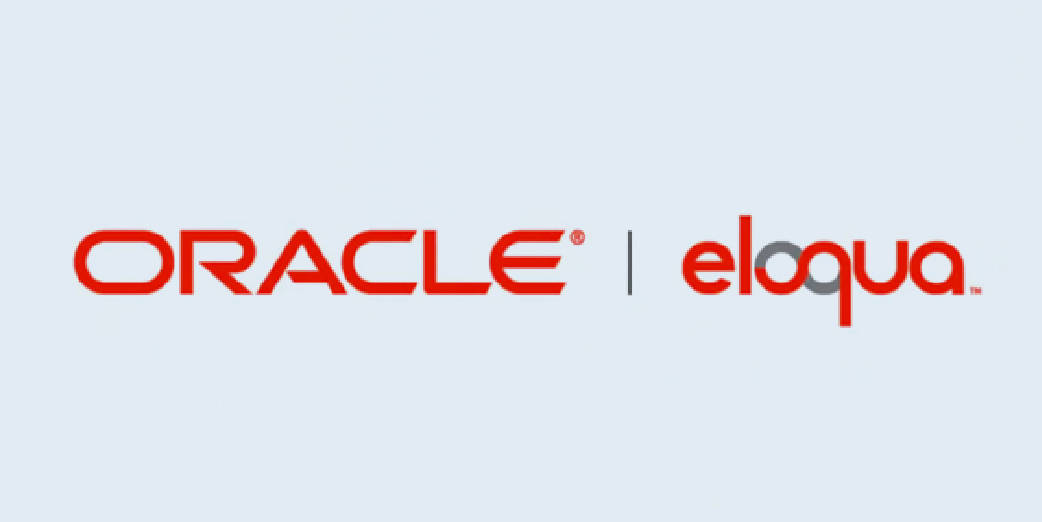
2. Oracle Eloqua
When you think Eloqua, you think richest dataset, most comprehensive platform for B2B marketers, and highly personalized experiences. Launched back in 1999 with the goal of boosting lead generation, Eloqua presently offers above and beyond — proven lead management, campaign management, and sales tools that can help you deliver the most connected and personalized experiences. This marketer-friendly platform allows you to track your buyer’s journey with just a few clicks, and is fit for organizations of all sizes.

3. Customer.io
What sets Customer.io apart from many of its contemporaries is its flexibility. Get what you want out of it — send relevant, personalized messages to your customers based on how they interact with your brand, integrate with your mobile app or website to see real-time data, or add predefined rules to trigger actions. Customer.io helps you optimize your customer’s experience while driving retention and conversion. The tool also boasts of a lightweight UI.
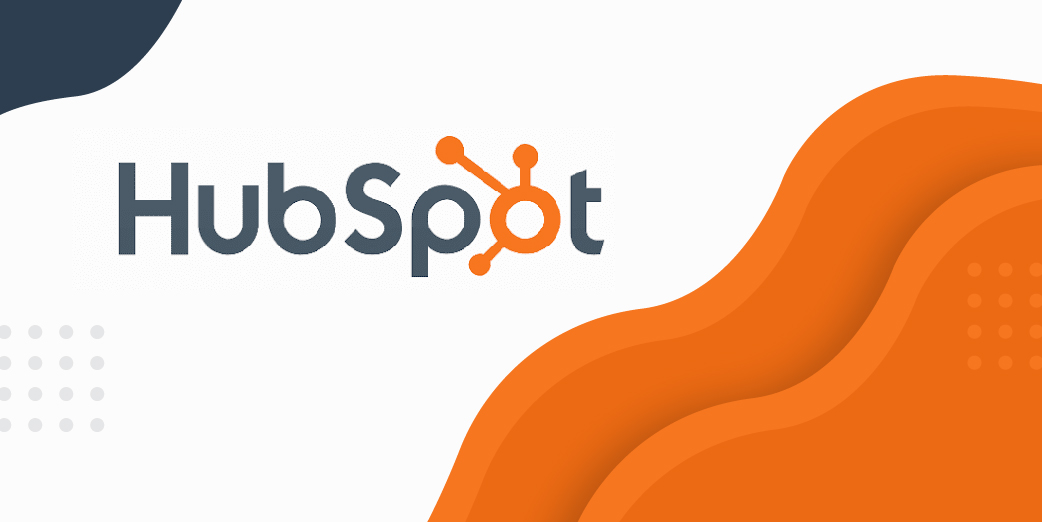
4. HubSpot
If you’re looking for an all-in-one inbound marketing tool that can give you the basic functionality of several marketing systems, HubSpot matches your requirement to a T. It does a bit of everything for you — blogging, social media monitoring and publishing, SEO, email marketing, marketing automation, and analytics. HubSpot is an intuitive tool with relatively good analytics. Besides, it offers the convenience of having everything in one place. Use it to transform your marketing from outbound to inbound lead generation.
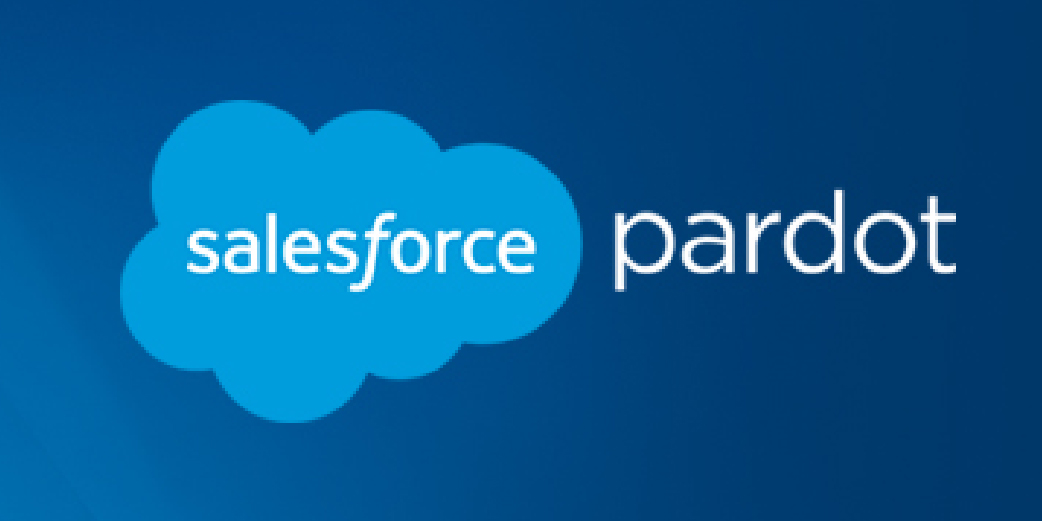
5. Pardot
Pardot is your solution of choice if you want to maximize efficiency and increase revenue. Go beyond just email — target mobile app notifications. Track all prospect interactions on your site, then score prospects based on parameters you set. It’s a great choice for sales teams trying to reduce their sales cycles. Features such as automated lead nurturing and real-time sales alerts allow you to prioritize your time, and add more hours to your day.
Automated marketing: yay or nay?
No matter how you slice it, the case for marketing automation tools to streamline processes and provide greater visibility into what your visitors and leads are actually doing is very powerful. From advertising and promotion to selling and feedback, marketers are using marketing automation to target prospects and customers based on interests. With a 14.5% jump in sales productivity and 12.2% reduction in marketing overheads with automation, you know why. But the decision to deploy a marketing automation tool is not something you can make overnight. It requires strategic thinking, a vision of where the approach could possibly take you, and how quickly or how long will it take for the results to impact your sales. A smart approach would be to adopt the trial and error method. Pilot with some of the proven tools based on your needs and budget, make tweaks wherever appropriate, then simply choose your favorite.
